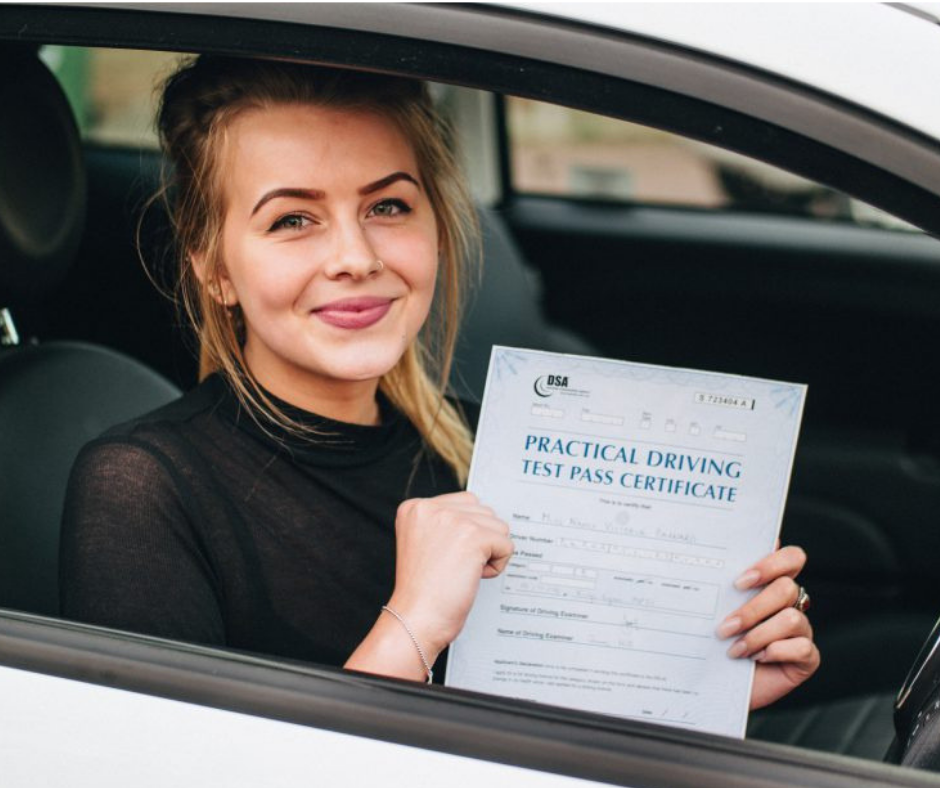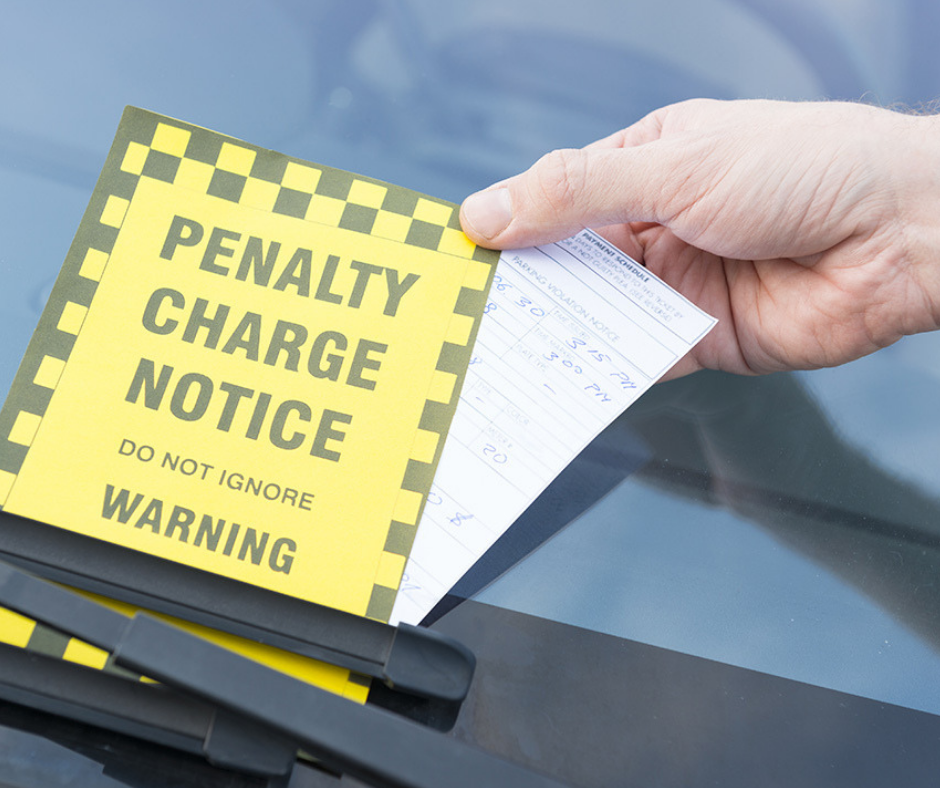People who have hidden disabilities will soon be able to access Blue Badge parking permits.
Who will now get Blue Badge parking permits?
The Blue Badge parking permit helps drivers park closer to their destination if they are disabled. Now the Blue Badge parking permit scheme will now encompass those with hidden disabilities. Those who will now be able to access a Blue Badge parking permit are drivers or passengers with dementia, anxiety disorders, autism, and reduced mobility. The change will come into force on 30 August, the government said.
Transport Secretary Chris Grayling said he hoped the change would make “a real difference to people’s lives”.
“As a society, we don’t do enough for people with hidden disabilities,” he said.
The UK Government said it would provide an extra £1.7million to help councils cope with the expected increase in applications.
Not everyone with non-physical disabilities will be able to qualify for a Blue Badge as it is up to the local authority to decide if an applicant meets the eligibility criteria, as is currently the case.
Why has the new measure been introduced?
The new measure has been warmly received, as it will shine a light on those whose disabilities are not physically visible and how they have been excluded from accessing disabled facilities.
Minister for disabled people Justin Tomlinson said: “It’s unacceptable that people with hidden disabilities still face discrimination when using disabled facilities like parking spaces.”
“Extending the Blue Badge scheme is a watershed moment in ensuring those with hidden disabilities are able to travel with greater ease and live more independent lives.
Jane Harris, director of external affairs at the National Autistic Society, said: “The changes will make a huge difference to thousands of autistic people and their families across England – helping them to go out in the way many others take for granted.
“Just leaving the house is incredibly difficult for many autistic people – and involves detailed preparation. Some autistic people have no concept of the dangers of the road while others are so anxious about plans going wrong, like not being able to find a parking space, that they don’t go out at all. Having a Blue Badge will be life-changing and help many to reduce loneliness and isolation.”































